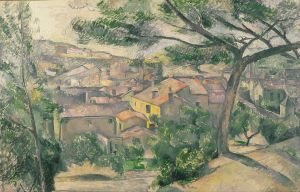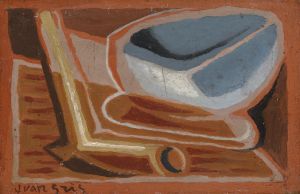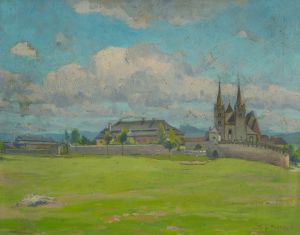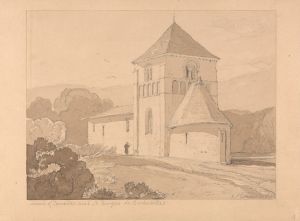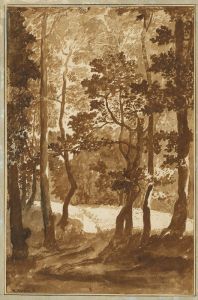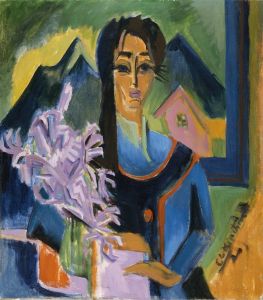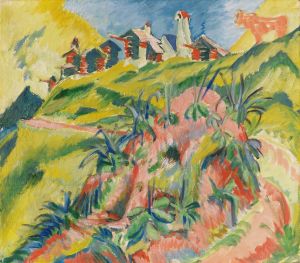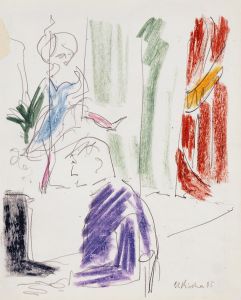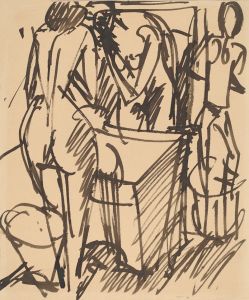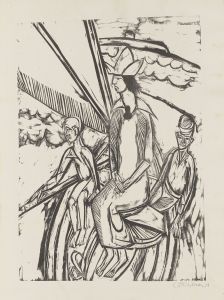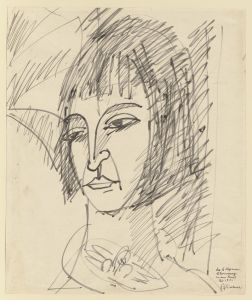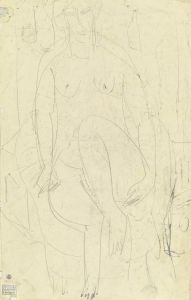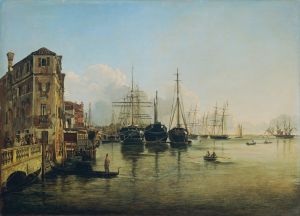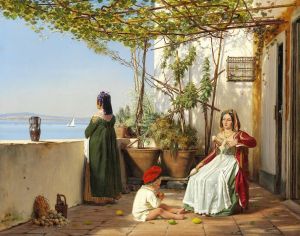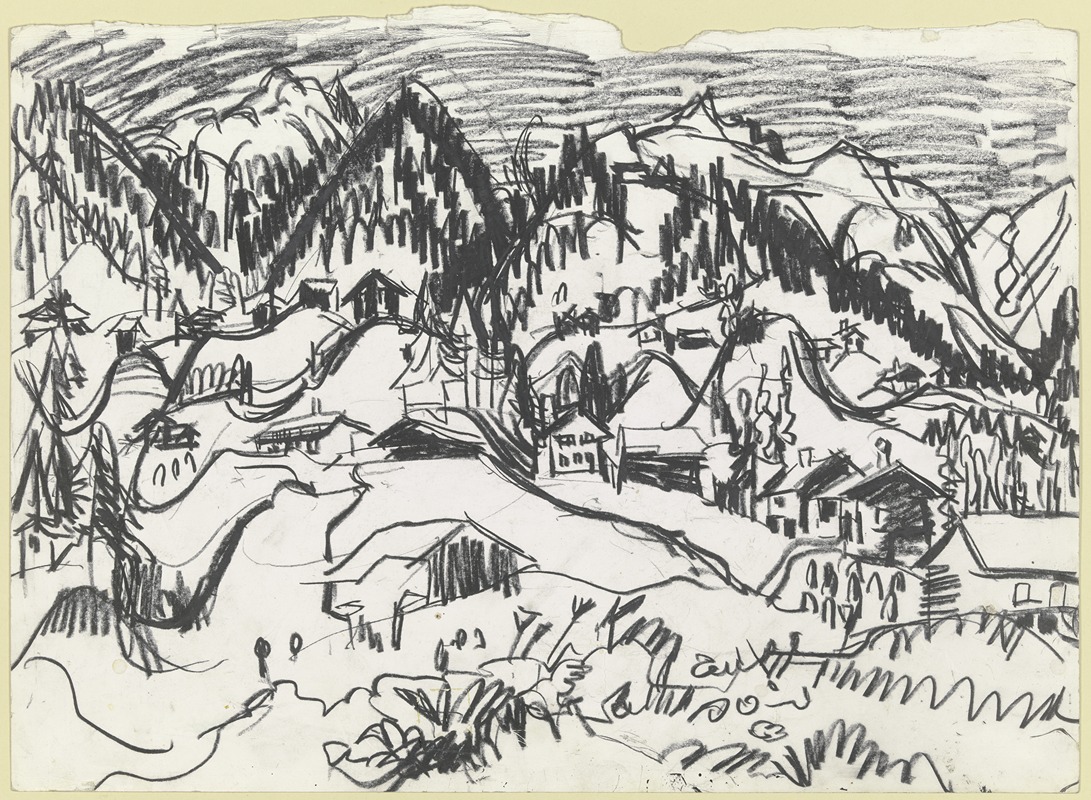
Frauenkirch
A hand-painted replica of Ernst Ludwig Kirchner’s masterpiece Frauenkirch, meticulously crafted by professional artists to capture the true essence of the original. Each piece is created with museum-quality canvas and rare mineral pigments, carefully painted by experienced artists with delicate brushstrokes and rich, layered colors to perfectly recreate the texture of the original artwork. Unlike machine-printed reproductions, this hand-painted version brings the painting to life, infused with the artist’s emotions and skill in every stroke. Whether for personal collection or home decoration, it instantly elevates the artistic atmosphere of any space.
Ernst Ludwig Kirchner was a prominent German expressionist painter and one of the founding members of the artist group Die Brücke (The Bridge), which played a pivotal role in the development of modern art in the early 20th century. Kirchner's work is characterized by its bold use of color, dynamic compositions, and emotive subject matter. One of his notable works is "Frauenkirch," which reflects his distinctive style and artistic vision.
"Frauenkirch" is a painting that captures the essence of Kirchner's expressionist approach, focusing on the emotional and psychological aspects of the scene rather than a realistic depiction. The painting is named after the Frauenkirch, a church located in the Davos region of Switzerland, where Kirchner spent a significant part of his life. The church and its surrounding landscape became a recurring theme in Kirchner's work, as he was deeply inspired by the natural beauty and tranquility of the Swiss Alps.
Kirchner moved to Switzerland in 1917, seeking refuge from the turmoil of World War I and personal struggles with mental health. The serene environment of Davos provided him with a sense of peace and stability, which is often reflected in his artwork from this period. "Frauenkirch" is believed to have been created during this time, capturing the harmonious relationship between the man-made structure of the church and the natural landscape that envelops it.
In "Frauenkirch," Kirchner employs his signature vibrant color palette and expressive brushwork to convey the emotional resonance of the scene. The church is depicted with bold, simplified forms, standing out against the backdrop of the mountainous landscape. The use of color is particularly striking, with contrasting hues that evoke a sense of movement and vitality. Kirchner's technique emphasizes the subjective experience of the viewer, inviting them to engage with the painting on an emotional level.
The composition of "Frauenkirch" reflects Kirchner's interest in the interplay between architecture and nature. The church is positioned in such a way that it appears to be an integral part of the landscape, suggesting a harmonious coexistence between human creation and the natural world. This theme is consistent with Kirchner's broader artistic philosophy, which sought to bridge the gap between the modern world and the primal, instinctual aspects of human experience.
Kirchner's time in Switzerland marked a period of significant artistic development, as he continued to explore new techniques and themes in his work. "Frauenkirch" is a testament to his ability to capture the essence of a place and convey its emotional impact through his unique expressionist lens. The painting remains an important example of Kirchner's contribution to the expressionist movement and his enduring influence on modern art.
Today, Kirchner's works, including "Frauenkirch," are celebrated for their innovative approach and emotional depth. They are housed in various museums and collections worldwide, where they continue to inspire and captivate audiences with their vibrant energy and profound insight into the human condition.





